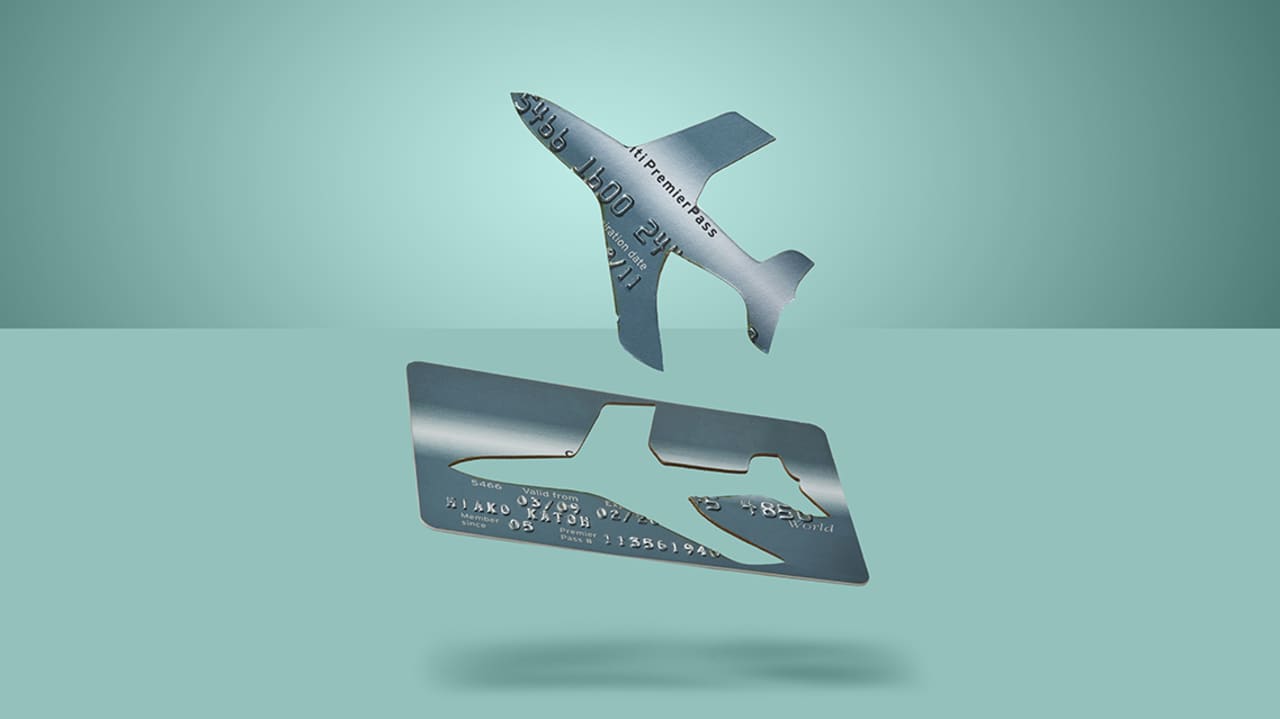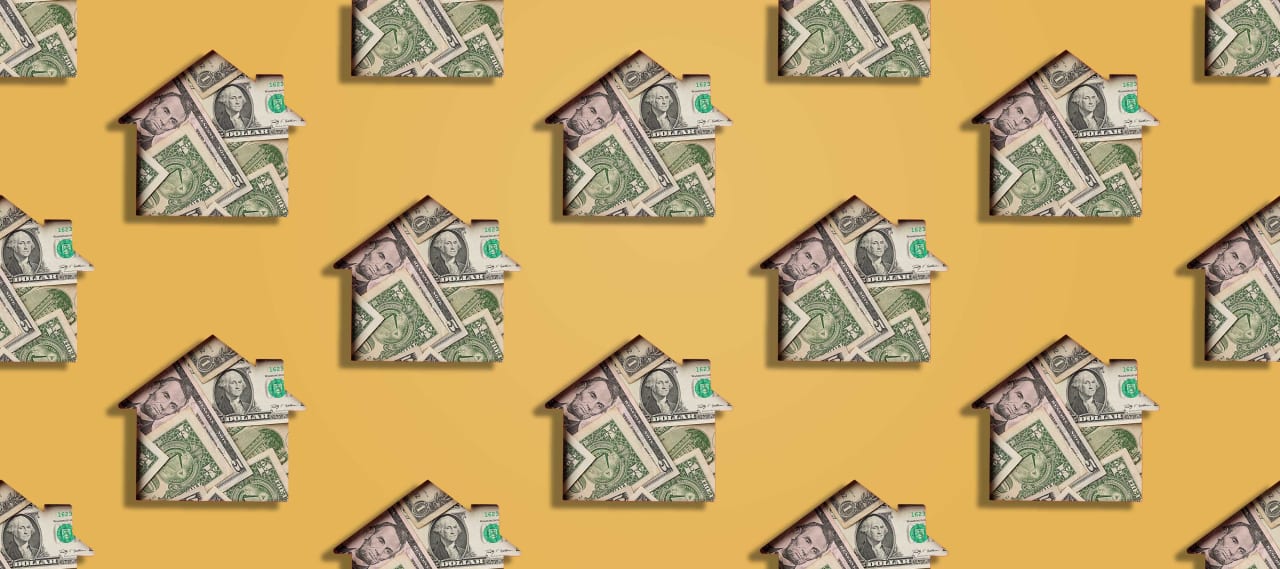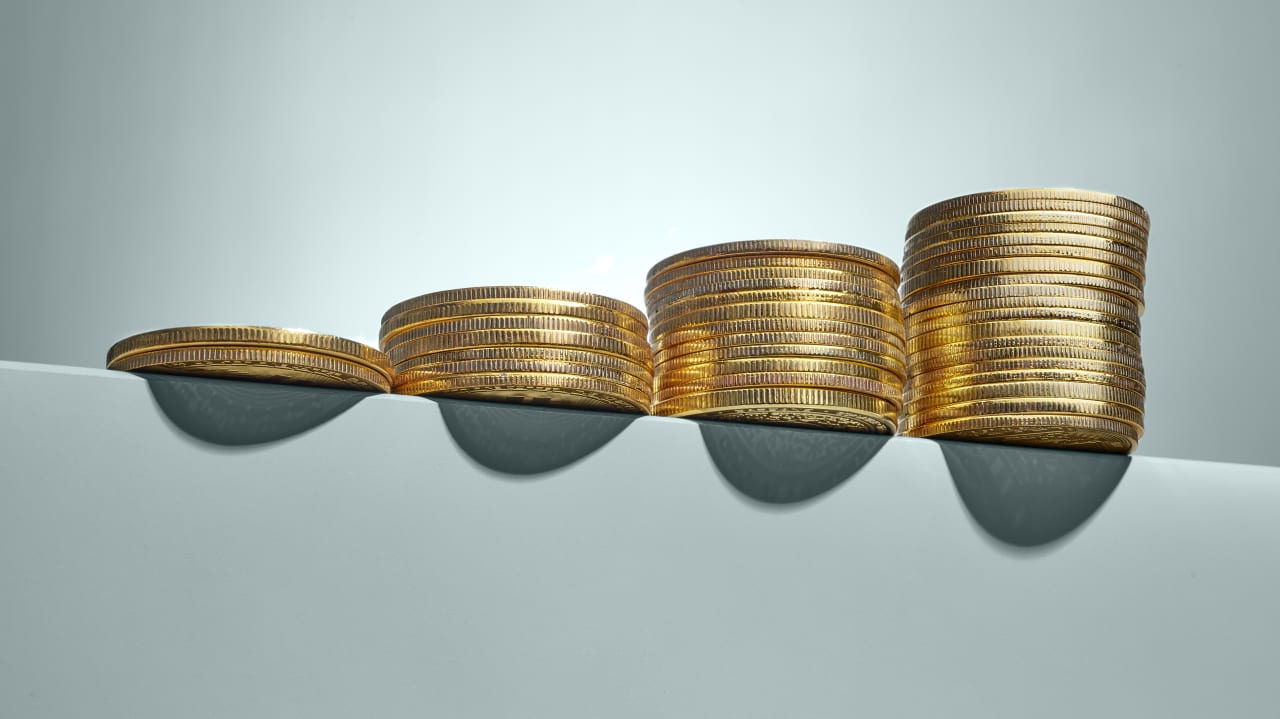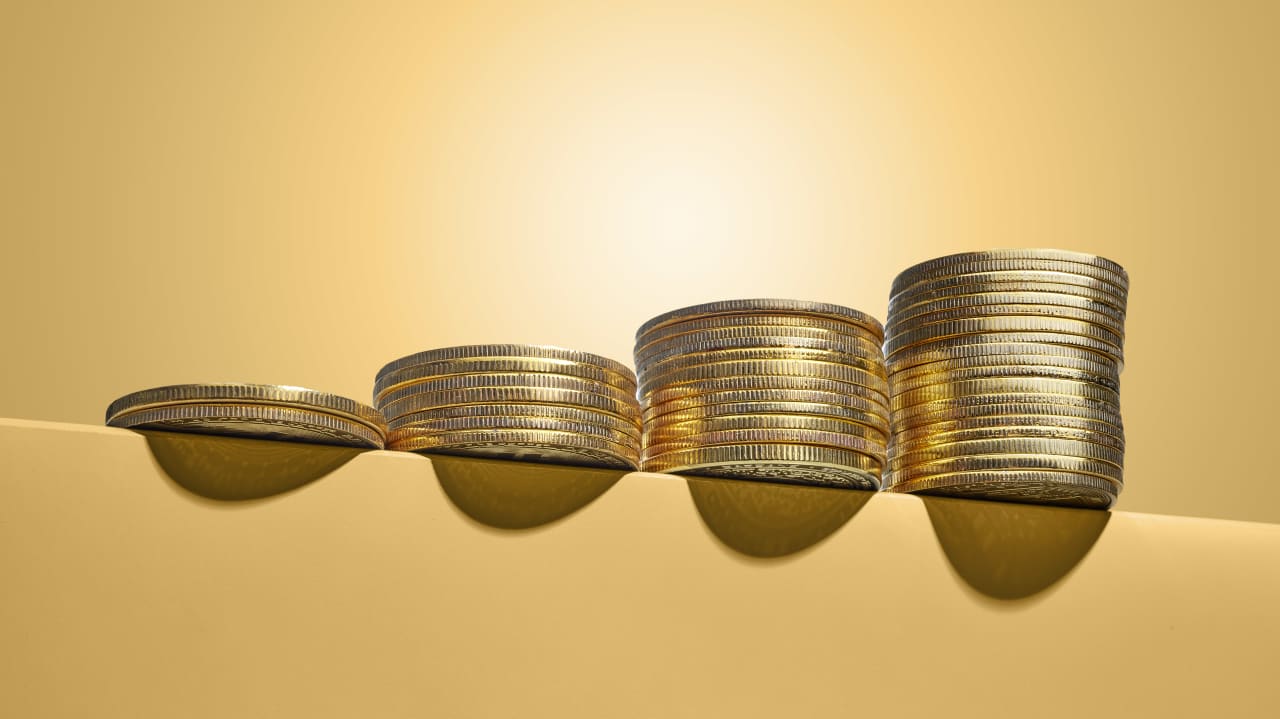The recession, predicted by business executives, economists, and investors, refuses to show up.
Steady hiring continues to fuel consumer spending and, in turn, an economic expansion unlike any the U.S. has seen. Employers added 2.75 million jobs over the last 12 months, including 272,000 in May, the Labor Department said Friday.
The unemployment rate has been at or below 4% for 30 months, something that last occurred during the Vietnam War in the late 1960s and the Korean War in the early 1950s.
Of course, just because everyone who predicted a recession has been wrong doesn’t mean they won’t eventually be right. Though the unemployment rate remains low, it’s risen from its postpandemic extremes: The unemployment rate ticked up to 4.0% last month from 3.9% in April. It was as low as 3.4% in April 2023.
Already, the rate at which companies hire workers has fallen to levels last seen seven years ago. Job vacancies, which soared during the pandemic, have returned to prepandemic levels; if they fall much lower, a higher unemployment rate beckons.
So far, labor market imbalances have resolved themselves without a recession.
If the economy is a mountain climber on a ridge, “there are times when that ridge is extremely broad and even a major event isn’t going to knock the economy off the ridge,” said Glenn Kelman, chief executive of real-estate brokerage Redfin.
Now, “it feels like the ridge has gotten much narrower,” he said.
Two years ago, the Federal Reserve jacked up interest rates at the fastest pace in decades to combat inflation that it initially misdiagnosed as likely to be short-lived. Companies were scrambling for workers, offering large raises and bonuses, and prices were soaring. Investors, economists and some Fed officials thought higher unemployment would probably be needed to bring supply and demand back into balance.
Businesses aren’t shedding workers, though pressures to do so will mount if a longer period of higher rates erodes margins and profits slump.
Staying strong
The labor force has expanded dramatically in the past two years, following a sharp downturn at the onset of the pandemic. The downturn also coincided with an unusual rise in asset prices such as stocks and homes.
Change since beginning of recession

1990
2001
2007
2020
Of U.S. labor force
8
million
6
4
2
0
-2
-4
-6
4
8
12
16
QUARTERS SINCE ONSET OF RECESSION
In household net worth
40
%
30
20
10
0
-10
-20
-30
4
8
12
16
QUARTERS SINCE ONSET OF RECESSION
Fed officials are set to hold interest rates steady at their two-day meeting next week. They raised their benchmark rate last year to a range between 5.25% and 5.5%, the highest since 2001. Central banks in Canada and Europe began cutting rates this past week, but growth has been stronger in the U.S.
The Fed is trying to balance the risk of cutting too soon and allowing stubborn inflation to persist with the hazard of keeping rates too high and triggering a slowdown that may not be needed to finish their inflation fight.
Battle-hardened consumers
The extremely unusual nature of the pandemic-induced economic downturn four years ago and the aggressive policy response that followed lie at the root of any explanation for the American economy’s remarkable resilience to date.
By the time the Fed started raising rates, private-sector balance sheets were abnormally strong. Many households and businesses had recently locked in ultralow borrowing costs after the Fed pushed rates down in 2020 and 2021, shielding them from the ensuing hikes.
Typically in the recovery from a downturn, households are more cautious about spending and are likely to save. When rates are low, borrowing supports spending. High rates choke off that spending.
This time, economic activity has been supported more by wealth and incomes than by credit. The pandemic altered spending habits which, together with higher asset prices, solid job prospects and government stimulus, left more households feeling flush.
Nothing illustrates the pandemic-era weirdness quite like the U.S. housing market. Higher rates have not only hit demand, they have also blunted supply. Many homeowners with no mortgage or a low interest rate are unwilling to move. The average 30-year mortgage rate has hovered near 7% recently, up from 3% this time three years ago, according to Freddie Mac.
But the average interest rate on outstanding U.S. mortgages in April stood at 4.1%, little changed from 3.9% three years earlier, according to loan-level data from Intercontinental Exchange.
Homebuilders benefited from very low listings in the resale market. But inventories of new homes have ticked up in recent months to their highest level in more than a decade, a sign of possible weakness. Higher interest rates also mean it’s more expensive for builders to carry that inventory.

The spring buying season has been a disappointment even though customers who do walk through the door are more committed to getting a deal done, said Kelman. “Last year, at the first sign of higher rates, people ran for the hills, so it seems like the consumer is more battle-hardened now,” he said. Still, the market is “very slow. The number of people buying homes right now is about as low as it can go.”
In surveys, consumers say they’re less confident than before the pandemic, but their big-spending habits suggest otherwise. The ratio of household net worth to income was higher in each of the last three years than any time prior to the pandemic.
“People felt more confident, enough that out of every marginal dollar of income and net wealth that they accumulated, they are spending more,” said Ed Al-Hussainy, an interest-rate strategist at Columbia Threadneedle. The opposite occurred in China, the world’s second-largest economy, which has faced much slower growth.
When Fed hikes threatened to snuff out hiring in the rate-sensitive housing and manufacturing sectors, new government spending on infrastructure and factories for computer chips and car batteries took up the baton.
Last year, the economy enjoyed an unusual, additional assist from immigration that further boosted employment, supported spending and eased wage pressures.
‘Folks who just can’t hang on’
After downturns in 2001 and 2008, asset prices slumped. Not this time. Surging stock and home prices, despite a brief downturn in early 2020, fueled spending by high-income consumers.
On the other hand, low-income consumers have depleted pandemic-era savings cushions and have turned to borrowing on credit cards. They’re falling behind on payments at higher rates, and discount retailers are reporting that demand is weakening.
There may be limits to this resilience
Credit-card debt has grown recently and delinquencies are rising.

Credit-card debt outstanding
$1.1
trillion
1.0
2013-19
trend
0.9
0.8
0.7
2020
'21
'22
'23
'24
Share of credit-card debt past due
14
%
12
10
8
6
2005
'10
'20
'15
The economy also faces peril from sectors ill-prepared for higher rates that have avoided deeper damage in the hope that the Fed will quickly get a handle on inflation and reduce short-term interest rates. Investors in hard-hit commercial property markets and their lenders, including small and midsize banks, could begin to recognize bigger losses if lower rates don’t come soon.
“If you keep interest rates at this level, there will be folks who just can’t hang on,” said Randal Quarles, who was the Fed’s vice chair for bank supervision from 2017 to 2021.
Hard to hire, slow to fire
Strong job growth has lasted for longer than anticipated because some sectors are still trying to catch up to prepandemic levels of employment. For example, the leisure and hospitality sector added 1.3 million jobs over the last two years but is still around 1 million jobs below its long-run trend.
Compared with Europe, the U.S. has witnessed a bigger decline in business bankruptcies and a much larger jump in new business formation, which has also boosted job growth. New business registrations at the end of last year were up 53% from four years earlier in the U.S., compared with 8% in Europe, according to Fed research.
Having scraped to hire workers over the past few years amid a wave of early retirements, businesses like Titan Steel, a Baltimore-based distributor and processor of steel products, have become more reluctant to fire workers when times are slow.
“It used to be that being at ‘full capacity’ was measured in terms of physical plant equipment: ‘Are you running three shifts?’” said company president Bill Hutton. “I don’t think about full capacity that way anymore. We could be maxed out without running three shifts because you don’t have the right workers.”

Additional government spending on infrastructure and green-energy projects is only now beginning to hit the economy. Construction spending in the manufacturing sector rose 67% in the fourth quarter from a year earlier.
“The labor market impact is front-end loaded,” said Robert Kaplan, vice chairman at Goldman Sachs and former president of the Dallas Fed. It happens “when an infrastructure act or Inflation Reduction Act project gets announced, even if the fiscal spending doesn’t occur right away.”
Moreover, many of these projects may be drawing workers from lower-paying service-sector jobs, creating more demand, in turn, for services such as child care or restaurant meals.
Other types of business investment that are on the rise, including in software and research and development, also tend to be less sensitive to higher rates.
‘Muddling through’
Fed officials are likely to signal at their meeting that they could still cut rates later this year, but that they want to see several more months of inflation and employment data before taking action.
“The Fed has an excuse to wait around and find out. They don’t have to move because the labor market is not breaking,” said Samuel Rines, an economic analyst at asset manager WisdomTree.
Change from the same month a year earlier

Spending
Prices
Wages
30
%
Spending
cratered in
2020 when
many
people were
staying
at home...
25
...then pent-up demand
caused prices to surge...
20
...driving spending
growth to slow to
match inflation
as it peaked.
15
10
5
0
Over the last year inflation
has slowed while spending
again outpaced price growth.
-5
-10
-15
2020
'21
'22
'23
'24
At their last meeting, Fed officials puzzled over why their rate policy hasn’t done more to slow the economy. After the collapse of three midsize banks last year, the Fed’s corps of Ph.D. economists penciled a recession into the forecast that’s presented every six weeks to interest-rate setters, an extremely rare development. They ditched the recession forecast in July 2023 once the banking stress calmed down.
Quarles, who is now chairman of a private-equity firm in Salt Lake City, says the Fed’s rapid rate increases froze many debtors in place, which could perversely have lengthened the amount of time it takes for rates to slow activity. That is because the companies least prepared for and most vulnerable to higher rates are simply putting off any reckoning for as long as possible.
Hundreds of billions of dollars of corporate bonds and loans will mature in each of the coming years, but for firms with unsustainable debt, it doesn’t make sense to refinance “if they think interest rates are coming back down pretty soon,” he said. “People will delay accepting that as long as they can in any way they can.”

Some middle-market businesses that might have run into trouble by now have been acquired by private-equity firms, and those more sophisticated owners know how to do distressed-debt transactions “to protect their own value, so it feels like we are kind of muddling through,” said Jim Millstein, co-chairman of the investment banking and capital markets business of Guggenheim Partners.
Commercial real estate is also feeling the squeeze—and not just from a beleaguered office market grappling with the shift toward hybrid work. Owners of billions of dollars of apartment debt set to come due last year extended those loans by a year or so. Many of those properties have fallen in value because they are refinancing 3% mortgages taken out in 2020 or 2021 with rates that are now near 7%.
That is forcing property owners to pay down debt when they refinance. “When you double your cost of capital, it doesn’t work. You need to write a big check,” said Ric Campo, chief executive of Camden Property Trust, a Houston-based owner of 58,000 apartment homes.
More retailers, foodmakers and restaurants that raised prices rapidly over the last three years are reporting greater resistance to increases, including Starbucks, McDonald’s and Kraft Heinz. But cruise lines are reporting record bookings. “The consumer is saying, ‘I’m not going to buy a $10 fast-food cheeseburger, but I am going to go on this six-day cruise that I really want to take,’” said Rines.
Too hot or too cold
Looking ahead, the Fed must navigate two risks. One is that what looks like an economy “normalizing” from the pandemic ends up weakening further, eventually tipping into the recession that forecasters have long predicted.
But a second risk is that any turn toward rate cuts by the Fed to pre-empt that weakness instead reignites economic activity and asset prices in a way that sustains inflation above the Fed’s 2% target.
Campo said he has $1.5 billion ready to put to work building more apartments and a balance sheet that’s as clean as ever. But because his industry gets clobbered when people lose their jobs, he’s waiting for signs that a serious employment downturn is avoided before putting steel and concrete into the ground.
“There are a lot of us who are hanging out by the hoop, trying to navigate when it’s the right time to deploy capital,” he said. “I’m not doing it until I can see if the Fed engineers a soft landing.”
Write to Nick Timiraos at Nick.Timiraos@wsj.com
Inflation and the Economy
Analysis from The Wall Street Journal, selected by the editors
Copyright ©2024 Dow Jones & Company, Inc. All Rights Reserved. 87990cbe856818d5eddac44c7b1cdeb8
Appeared in the June 8, 2024, print edition as 'A Promised Slump Refuses to Appear'.






























